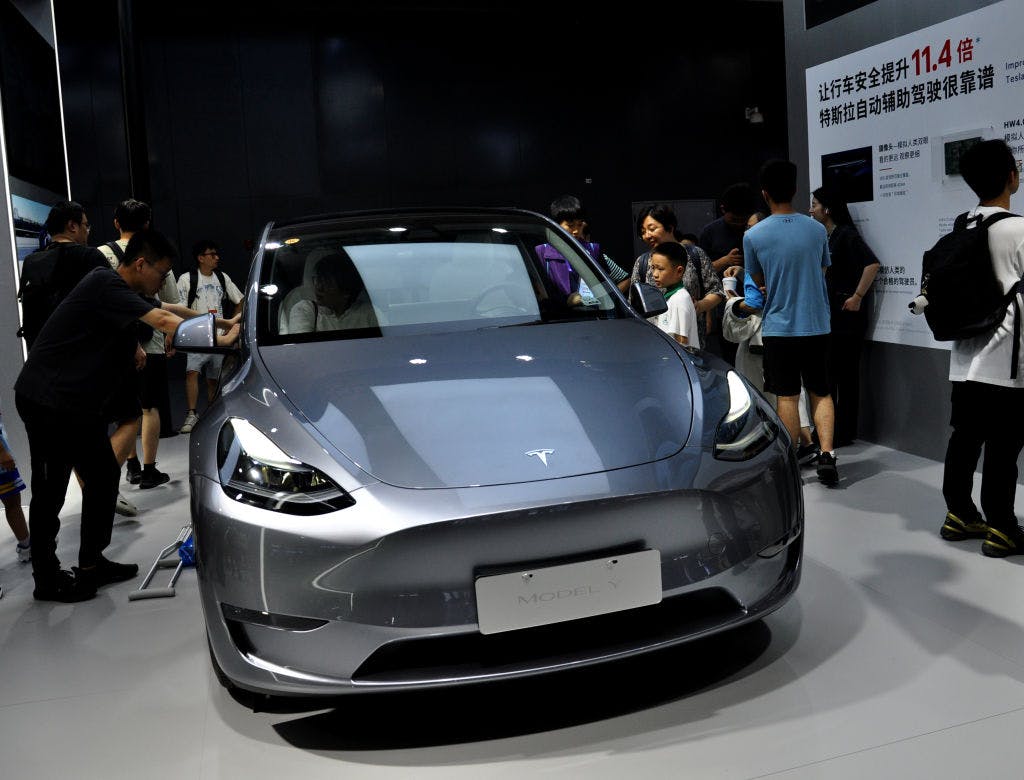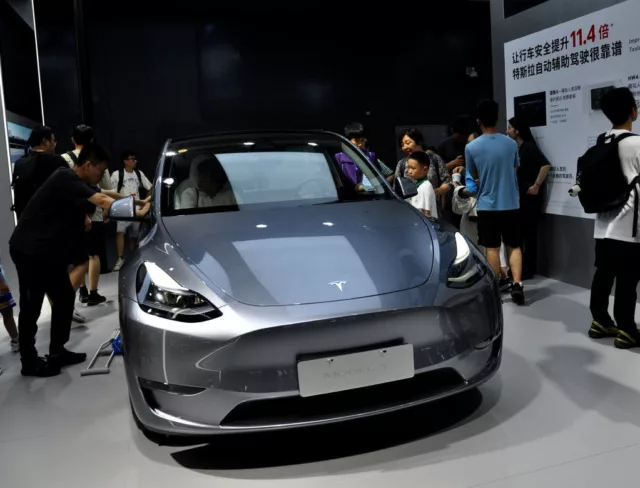
For the first time, the Chinese government has released draft guidelines for how car data generated there can be “queried, retrieved, downloaded and exported,” Bloomberg reports, saying the move could “pave the way for the wider rollout of Tesla’s most advanced driver-assistance functions in the world’s largest car market.”
Since the team for its so-called full self-driving (FSD) technology is based in the US, a framework for transmitting data is necessary to progress the technology there, Bloomberg says.
Tesla, which has partnered with Baidu in China to process mapping data, rolled out some FSD tools to China earlier this year. The company faces steep competition from local rivals like BYD that already offer plenty of driver assistance features as a standard.
Of course, the term “full self-driving” is still a bit of a misnomer, since the technology currently requires human supervision. Tesla says it plans to offer its first paid driverless robotaxi ride on June 22, so we will soon see if its actual autonomous driving works (with the caveat that there will be remote drivers available).
Still, the China rules are good news for Tesla, as CEO Elon Musk has said he believes scaling autonomous driving is more of a regulatory problem than a technical one.
“Once we can make it work in a few cities in China, we can make it work anywhere in China — likewise in Europe, limited only by regulatory approvals,” Musk said on the company’s latest earnings call.
Since the team for its so-called full self-driving (FSD) technology is based in the US, a framework for transmitting data is necessary to progress the technology there, Bloomberg says.
Tesla, which has partnered with Baidu in China to process mapping data, rolled out some FSD tools to China earlier this year. The company faces steep competition from local rivals like BYD that already offer plenty of driver assistance features as a standard.
Of course, the term “full self-driving” is still a bit of a misnomer, since the technology currently requires human supervision. Tesla says it plans to offer its first paid driverless robotaxi ride on June 22, so we will soon see if its actual autonomous driving works (with the caveat that there will be remote drivers available).
Still, the China rules are good news for Tesla, as CEO Elon Musk has said he believes scaling autonomous driving is more of a regulatory problem than a technical one.
“Once we can make it work in a few cities in China, we can make it work anywhere in China — likewise in Europe, limited only by regulatory approvals,” Musk said on the company’s latest earnings call.









